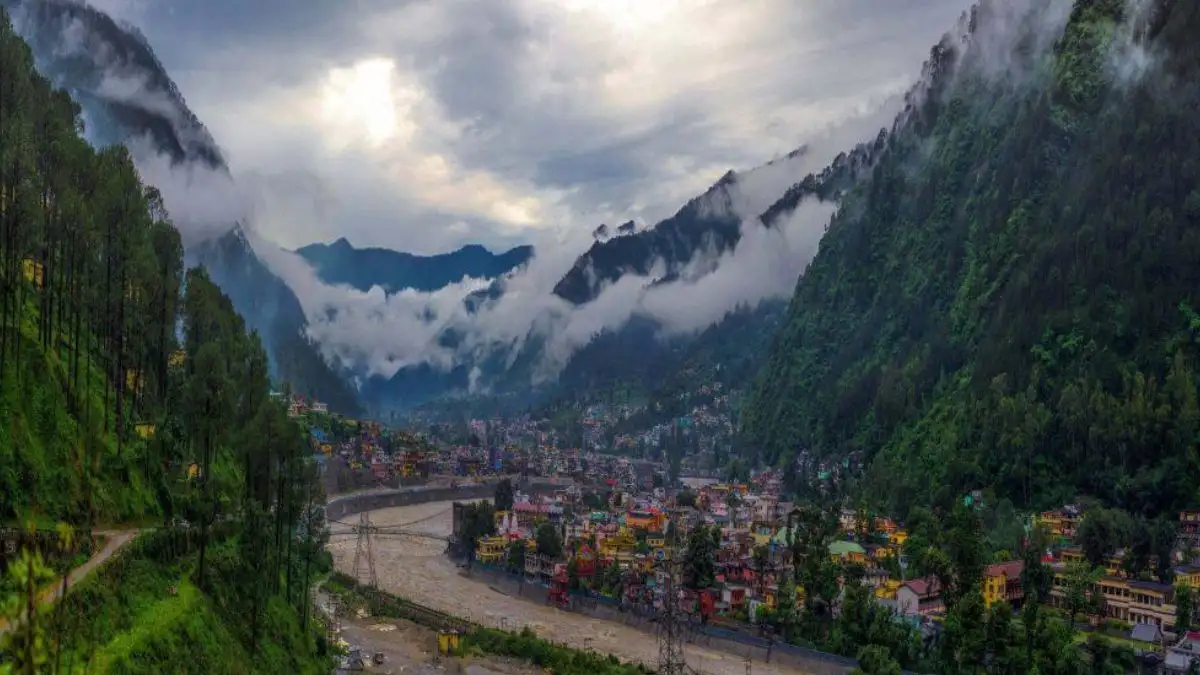
Uttarakhand’s Uttarkashi district has been shaken up over the past week by a series of tremors going up to nine in just six days. The initial five quakes hit between January 24 and 25, causing Himalayan rocks to tumble from the landslide-prone Varunavat hills. These jolts were mild with magnitude between two and three on the Richter scale, however, the struck panic among locals who could not sit still in their homes.
On January 24, three subsequent tremors gave way to the swarm of quakes that hit the Himalayan region over the next few days. The epicentre of almost all the quakes was located near Bhatwari and Badkot areas of the district.
Experts have identified these successive quakes as an “Earthquake Swarm”, a phenomenon where multiple small tremors occur in a specific area over a short period, reported TOI.
What is causing these successive tremors?
Uttarkashi is located in Zone IV of India’s seismic zonation map, making it highly vulnerable to earthquakes. In 1991, the district experienced one of the most destructive quakes in the Garhwal region’s recent history, resulting in the loss of over 700 lives.
Around 70 small earthquakes have occurred since then.
In the wake of the tremors, stones fell from the landslide-prone Varunavat mountain. District Magistrate Meharban Singh Bisht has asked officials to gather information about the effect of the quake from across Uttarkashi.
There is no information of loss of life and property from anywhere so far due to the tremors, the official said.
Will Uttarkashi face a big quake in recent times? Here’s what we know
Seismologists have long cautioned that a major earthquake could strike the Himalayas at any time. However, experts noted that it remains uncertain whether these tremors signal an impending larger quake. It was also found that these quakes are often caused by fluids interacting with geological faults.
Senior geologist Piyoosh Rautela further explained that ongoing seismic activity in the Himalayan region suggests that “these tremors might be Nature’s warning to avoid unnecessary activity in seismically active zones”.


